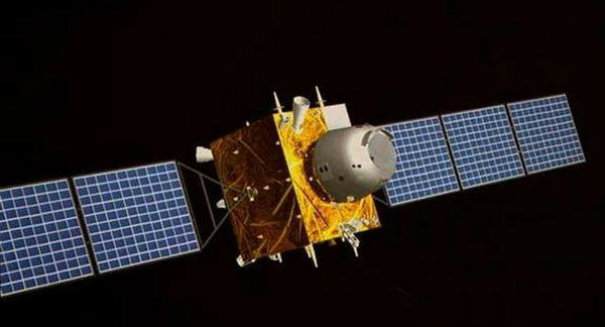
Rare isotope has energy potential, but feasibility remains low
The world learned Monday that a service module, the lynchpin of China’s Chang’e 5 lunar mission, had entered into orbit around the moon – a milestone for the Chinese space program. They eventually want to land humans on the moon by 2020, but not just for kicks: The goal is to mine for helium-3, a rare isotope that could conceivably have tremendous energy implications here on Earth.
He-3 is rare on Earth, but not the moon, according to Chinese state media. In fact, the moon is positively lousy with the stuff, and its energy potential is huge. It can be used to create nuclear fusion, the kind of energy naturally produced in stars when two atoms fuse to form a heavier one. Some estimates state that “just” 40 tons of he-3 mined from the moon could power the U.S. for over a year at its current rate of energy consumption.
40 tons sounds like a lot, and it is – it would need to be mined out of six billion tons of raw materials. But it’s a pittance compared to the amount of coal burned each year to power the country.
Theoretically, he-3 could be used to create clean, renewable nuclear power plants here on Earth. The isotope is light and is not radioactive, so a plant powered by he-3 nuclear fusion would technically produce lots of energy with no environmental negatives. That said, the technology and infrastructure to actually use he-3 as an energy source does not yet exist.
Still, some experts are skeptical of the plan’s feasibility.
“It doesn’t make sense, the whole helium-3 argument,” Ian Crawford, a professor of planetary science and astrobiology at Birkbeck College, London, told Fox News. “It’s a fossil fuel reserve. Like mining all the coal or mining all the oil, once you’ve mined it … it’s gone.”
“It strikes me that, as far as energy is concerned, there are better things one should be investing in. So I’m skeptical for that reason. But that doesn’t mean that I don’t think the moon, in the long-term, is economically useful,” he said.
Crawford goes on to say that from an economic standpoint, the moon may be rich with valuable materials like water and rare-Earth elements like uranium and thorium. Asteroid craters may prove fruitful as well, though the technology and investment required to fully survey the moon would be substantial.
Leave a Reply